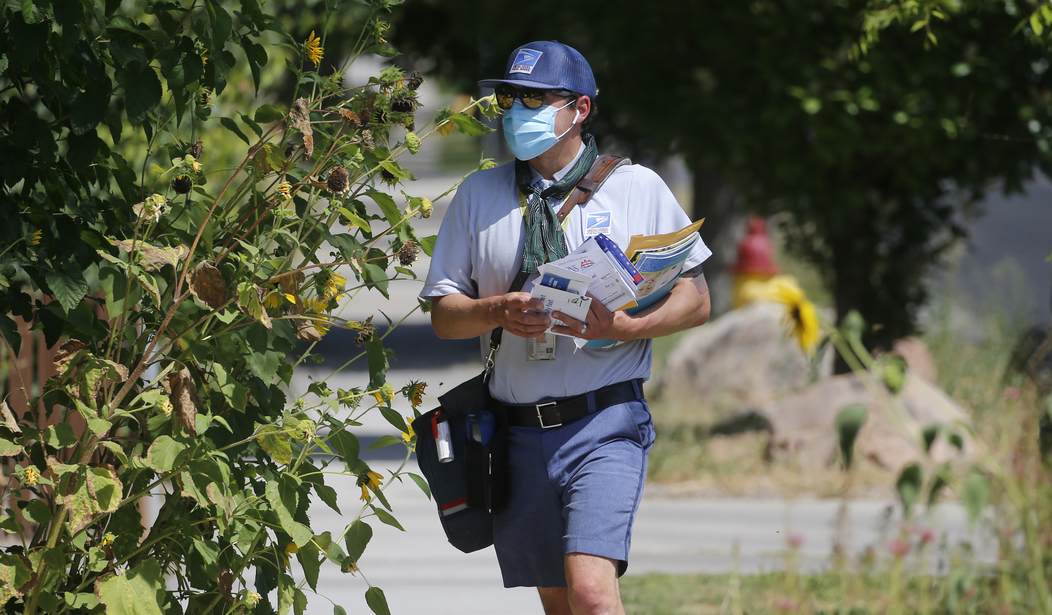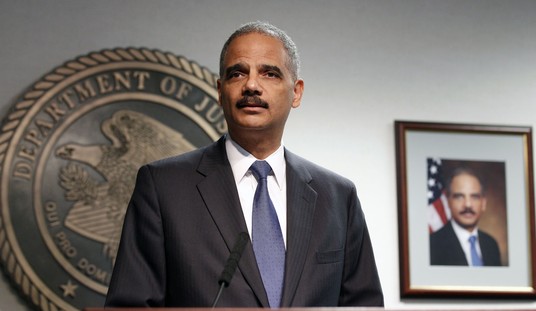The term ‘snail mail’ is coming true in a very real way, effective today. As of October 1, the U.S. Postal Service will slow first-class mail delivery. The move is one that Postmaster General Louis DeJoy is implementing in hopes of cutting costs.
The postal service will slow mail delivery for 4 of 10 pieces of first-class mail. Mail delivery will be at its slowest pace since the 1970s. Paul Steidler, a senior fellow at the Lexington Institute and an expert on the postal service, is critical of the cost-cutting gesture. He calls DeJoy’s USPS overhaul plan “disastrous”. The slowdown means that mail delivery of first-class items like letters, bills, and tax documents will take up to five days to arrive in your mailbox. It currently takes up to three days for first-class mail to arrive.
This may not sound like a big deal but for some snail mail users it will be an unexpected adjustment. Many people handle personal financial matters like paying bills online but not everyone does that. Older people and anyone mailing in important documents with deadlines like tax forms or passport renewals will have to plan accordingly for the long mail time. Bills that are paid by mail may incur late fees with the slower travel time. It can add up.
Steider said that while everything in today’s society is getting faster, the postal service is getting slower.
But critics like Steidler say people in rural areas, the disabled and the elderly will feel the effects of the new mail delivery standards. “It’s the least fortunate who will be hurt hardest by this,” he said. “Everything in American society is getting faster, it seems, except for the mail delivery — which is now going to get slower.”
It’s possible that people who are paying their bills by mail and not prepared for the change could incur late fees, for instance, if their checks don’t arrive on time. Others may face longer delivery times for important documents such as tax forms or passports. The change could further undermine customers’ faith in the U.S. Postal Service, which took a hit in 2020 when delivery delays snarled everything from prescription medication to election ballots, experts say.
The move does seem to defy logic. If the postal service is trying to increase its customers, making customer service worse seems like a strange way to go. Mail delivery is a basic service that most people take for granted until something goes wrong. Won’t a longer delivery time encourage people to look for ways to do their business more online and avoid the post office as much as possible?
Local delivery will remain a two-day service for a single piece of first-class mail mailed and delivered in a local area. A USPS spokeswoman said the postal service has improved its delivery standards in 2021.
“The postal service has shown steady improvements for all first-class mail, marketing and periodical mail categories over the last seven months,” she said in an email to CBS MoneyWatch. “We have worked tirelessly to overcome challenges from recent storms and continue to recruit thousands of employees for the upcoming holiday peak season.”
The U.S.postal service is bleeding money but that isn’t a new problem. DeJoy is using a 10-year plan to eliminate a projected $160 billion loss over the next decade. The plan includes expanded parcel delivery and postage hikes. Postage increases went into effect in August. Other measures in the 10-year plan include actions that will require Congress, like pre-funding its retiree pension and combining its retiree health coverage with Medicare.
DeJoy says the long-term plan will spare the need for a bail-out of the postal service. He sees the plan as a way to avoid running out of cash. When fully enacted, the plan would allow the USPS to begin to break even in 2023 and report modest profits in subsequent years, according to USPS Chief Financial Officer Joseph Corbett.
Postal workers are concerned about slower service for customers. Coast-to-coast mail service would take five days for many pieces of first-class mail. The pandemic boasted the demand for e-commerce and package deliveries for things like prescriptions and other essentials. Instead of being able to go to stores and get items themselves, people stayed home.
“At a time that the public is demanding faster delivery of mail and packages, proposals that would slow the mail and reduce retail services — such as changing service standards, plant consolidations and reducing operating hours at post offices — will only have a negative effect on postal workers and the public,” the union said in a statement.
In arguing for the change, the USPS noted that its delivery standards have declined in recent years. “In particular, we have not met first-class mail service targets in eight years,” the Delivering for America Plan states. “This is due to both unattainable service standards and a lack of operational precision.”
We’ll see if this part of the plan makes a difference in either customer satisfaction or profits for the postal service. It seems counterproductive at first glance, though.








Join the conversation as a VIP Member